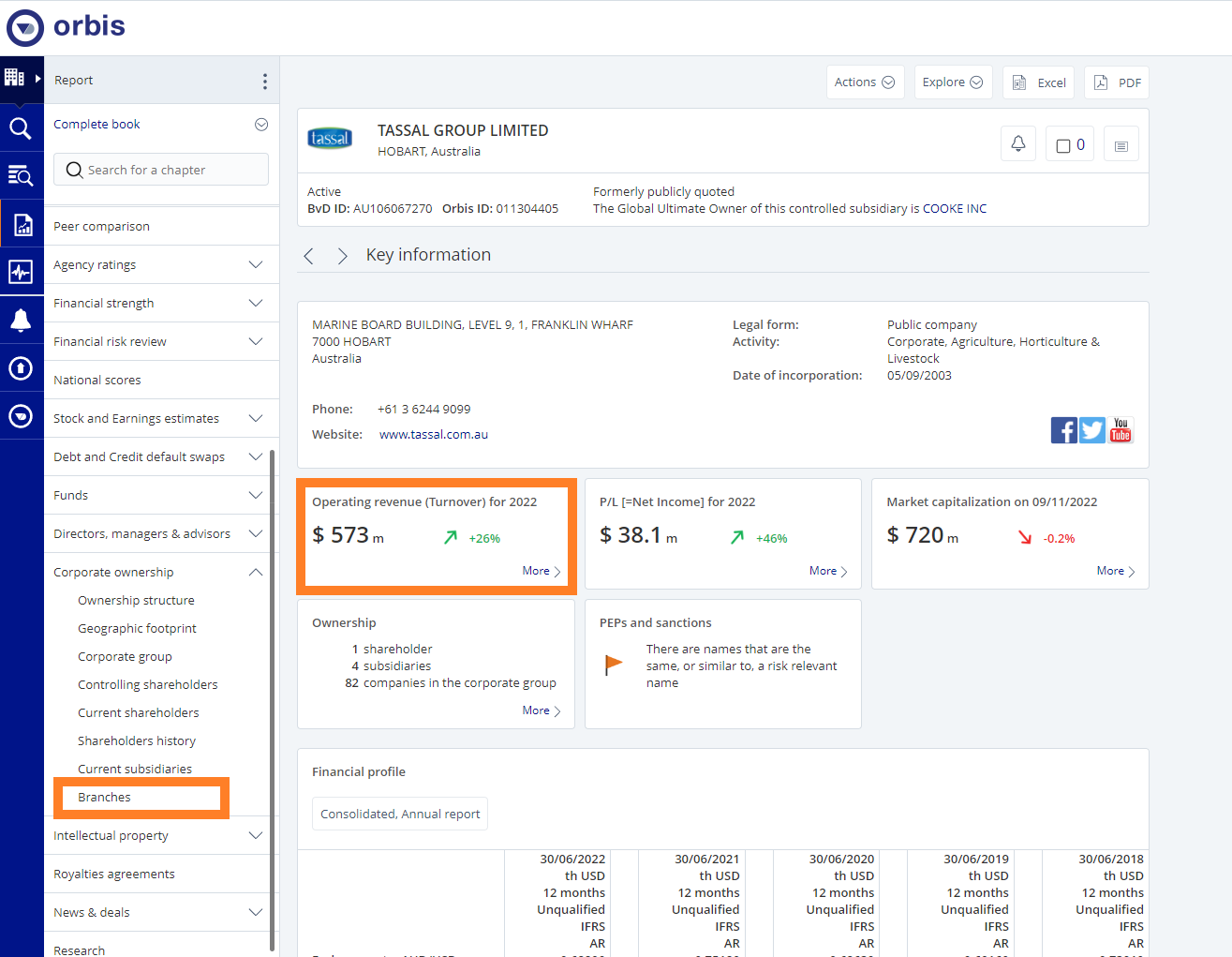Communication, Culture and Indigenous Perspectives in Business
Assessment 2: Individual presentation
You are required to create a presentation investigating the ethical and sustainability issues faced by a major company and evaluating the performance of the company in responding to these issues. You are presenting to a government agency tasked with understanding and reporting on companies in relation to the United Nations (UN) Sustainable Development Goals (SDG’s).
Selecting and finding background information on your company
You will need to use a range of reliable and credible sources when considering the performance of the company. Below are some tips on sources to search.
Company websites
The company’s website can help you establish their current sustainability goals or social performance and how they portray themselves. Instructions on what to look for are in the library’s Finding Company & Industry resources guide under Company’s own website. Remember to check their locations and turnover.
Library databases
There are a range of library databases that can assist to find information such as company reports and profiles, which may include:
- turnover and financials
- ownership structures
- company history
- information on the industry the company operates in
Find a comprehensive list of these databases in our Finding Company & Industry resources guide.
Orbis
We recommend using the Orbis database to find relevant company information. This includes information to establish whether it’s a major company with revenue above 100 million AUD, and operations in three or more countries.
If you have a company in mind, type its name in the Find a company search box at the top of the page. You will be presented with key information about the company. To find out if its revenue is above 100 million AUD, check under Operating revenue. To find its operations in other countries, navigate to Corporate ownership, and look under Branches. Be sure to explore the other information available from the left-hand menu, including news information.

If you’re not sure which company to select, you can create a search using the following tips:
Limit by turnover
- Under Add a search step click Financials
- Click Key financials & employees on the right
- Enter the minimum operating revenue of 100 (million is the default) in the value field
- Update the currency to AUD at the top right
- Check Include estimates
- Click OK to add to your search
Limit by multiple operations
- Under Add a search step click Ownership
- Click Branches and headquarters
- Click Headquarters on the right
- Enter 3 in the Minimum field for Number of branches
- Click OK to add to your search
Explore the other search steps for more limits to apply, for example Activities and industry or Location. Each search step will be added at the top of the screen, click VIEW RESULTS to see the list of companies.
News sources
News sources can be useful for locating information about companies as well as their social performance. Note that there can be some bias in reporting so consider news sources carefully when using for your assignments.
Finding secondary sources
Now that you know a bit more about the company and how it may be addressing the United Nations (UN) Sustainable Development Goals (SDG’s), you need to find secondary sources that critically confirm or refute its claims.
Search the databases for relevant secondary sources including journal articles, news articles and reports. These may directly relate to your selected company or more broadly address the sustainability and ethical issues faced by businesses.
Recommended databases: Business Source Ultimate, ProQuest, Library catalogue
Recommended source types: Journal articles, Reports, Newspaper articles
Recommended keywords:
- [Your company name] AND corporate social responsibility OR social performance OR responsible business OR ethics
- [Your company name] AND sustainability
- Sustainable development goals AND business ethics
Did you know? When searching in Business Source Ultimate or ProQuest you can limit your search results to academic or scholarly journals. To do this, perform your search, then select from the options in the left hand menu on the search results page.
Evaluating sources
It is important that you evaluate the information you find to ensure the sources you are using are credible. A key consideration when deciding whether to include a source in your assessment is whether the author and the information is credible. As you critically read a text, ask yourself the following questions:
-
Who? Perform an assessment of the author or organisation responsible for the information. Are they suitably qualified to be writing on the topic? Is there evidence of any bias or a conflict of interest?
-
Why? Why was the content created? Is its purpose to inform, persuade, entertain or sell a product? Only giving one side of the story or using emotive or incendiary language could suggest a goal to persuade or manipulate a reader.
-
When? The timeliness of the information is important and many assessment briefs will note a timeframe of publication that is acceptable. You need to know when the information was published or updated and consider this relative to the claims made by a company. Have they only recently updated their policy?
When you are evaluating a source you may need to validate the author’s claims and conclusions by looking for confirmation or support elsewhere on the Internet, a technique known as lateral reading. Watch the video below to learn more about using lateral reading to evaluate information.